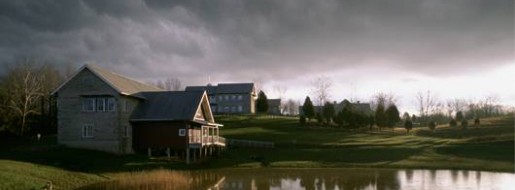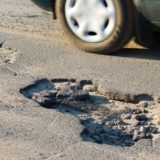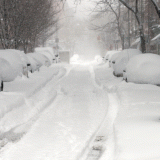
Comments Off on 10 Ways to Prepare for Tornadoes, Strong Winds and Hail Storms
22 Jun,2015
Is your home ready to withstand powerful gusts of wind and pounding hail? While damage from strong storms is often inevitable, there are steps you can take to minimize harm to your property and protect your personal safety. You shouldn’t wait until severe weather is predicted in your area to take action – plan ahead for hailstorms, wind storms and tornadoes by following these steps.
Facts about storms
About 3,000 hailstorms occur annually in the United States, and hail that develops during severe storms can reach softball size. An average of 1,000 tornadoes a year causes $1.1 billion in property damage, 1,500 injuries and 80 deaths. Tornadoes are nature’s most violent storms, and while the vast majority of them are weak and short in duration, they can cause significant damage. According to the National Oceanic and Atmospheric Administration (NOAA), about 2 percent of tornadoes fall under the most violent classification, meaning they can reach wind speeds of 205 miles per hour or more.
Planning ahead
Prior to the arrival of a storm, you should take the following steps:
- Build an emergency kit. Your kit should include:
A three-day supply (minimum) of water and non-perishable food for each family member, First-aid supplies, Personal hygiene items, Portable radio, Flashlight, Fresh batteries, Basic tools, Work gloves, Portable lanterns, Signaling device (such as an air horn), Prescription medications, Extra car keys, Extra eyeglasses, Cash, Important contact numbers (such as medical centers, insurance agents, utilities, neighbors and family members), Copies of important documents (such as identification, insurance policies, ownership certificates and banking information) - Create and practice a plan of action for your family. Discuss where and how you will seek shelter during a storm, ensure that everyone is aware of the location of first-aid kits and fire extinguishers, and choose a place for your family to meet if you get separated. Establish a contact person to communicate with concerned relatives, and ensure that you know where and how to shut off utilities at the main switches or valves in the event of a disaster.
- Consider installing shingles rated by UL 2218 or FM 4473 as Class 3 or 4 to protect your roof from hail damage. These shingles have been proven to withstand harsher hail damage.
- Maintain trees and shrubbery in your yard, removing weak branches and eliminating trees that could fall on your home during a storm. Falling trees and blowing debris in storms often cause fatalities and severe structural damage.
- Replace rock or gravel landscaping material in your yard with shredded bark, which won’t cause damage if it is blown around by strong winds. The Federal Emergency Management Agency (FEMA) offers additional information for protecting your property from strong winds.
- Stay tuned to local radio and TV stations for important weather updates. Tornadoes often accompany thunderstorm warnings, and the sooner you’re aware that a storm is on the way, the sooner you can get your family to safety.
- Identify the safest area of your home, a place where you can take shelter when the storm hits. In most structures, this will be the basement or a small interior room without windows, such as a bathroom. In a high-rise building, seek out a small interior room or hallway on the lowest floor possible. Close interior doors, and put as many walls between you and the storm as possible.
- Identify escape routes from your home or neighborhood, and note whether you need any additional equipment such as a rope ladder.
- Secure top-heavy furniture that could topple over, such as bookcases, to the walls. Before a storm arrives, move furniture away from doors and windows, if possible.
- Stay away from windows and doors when the storm arrives, and keep all exterior doors and windows closed to prevent rain and falling debris damage in your home’s interior.




















